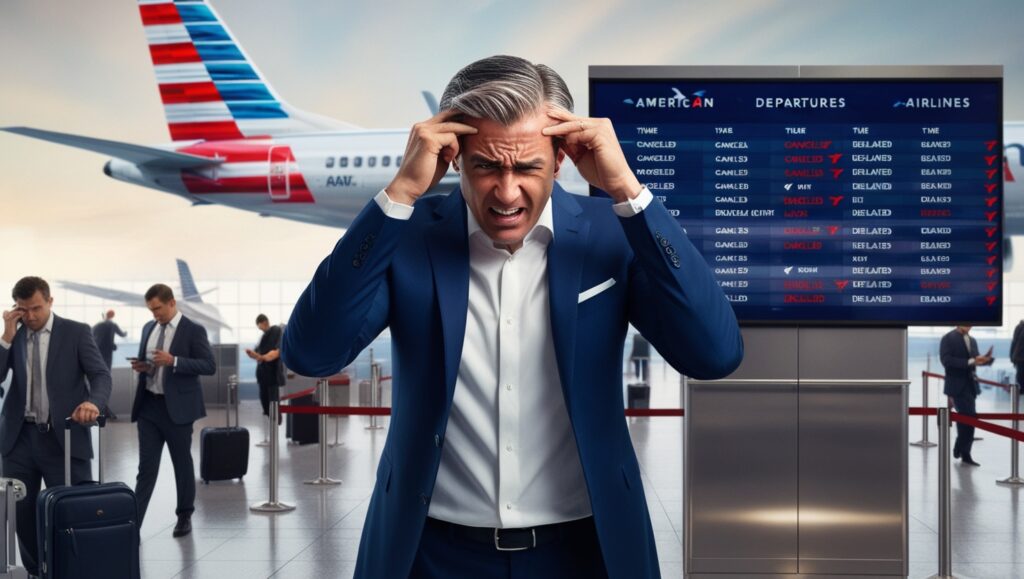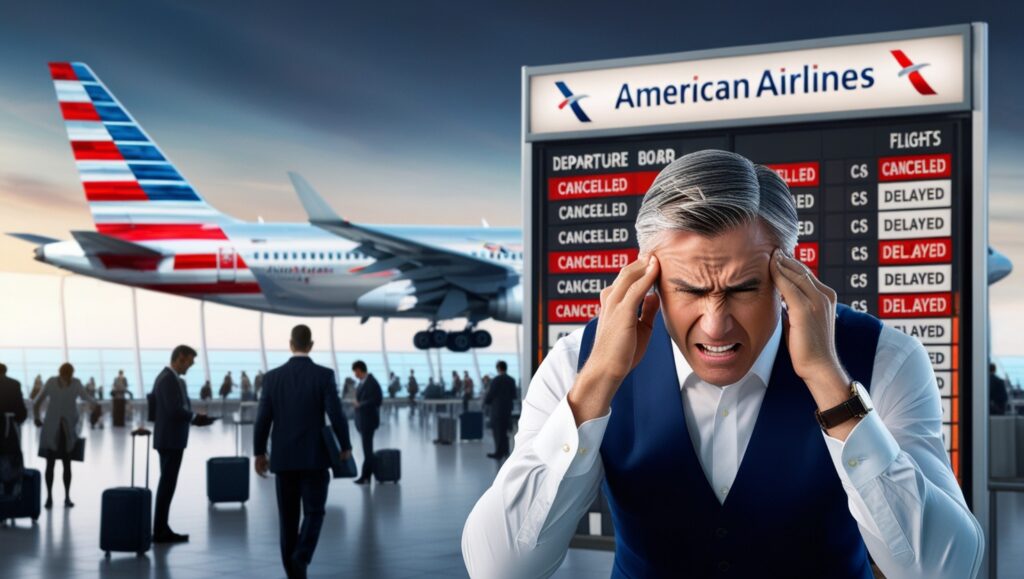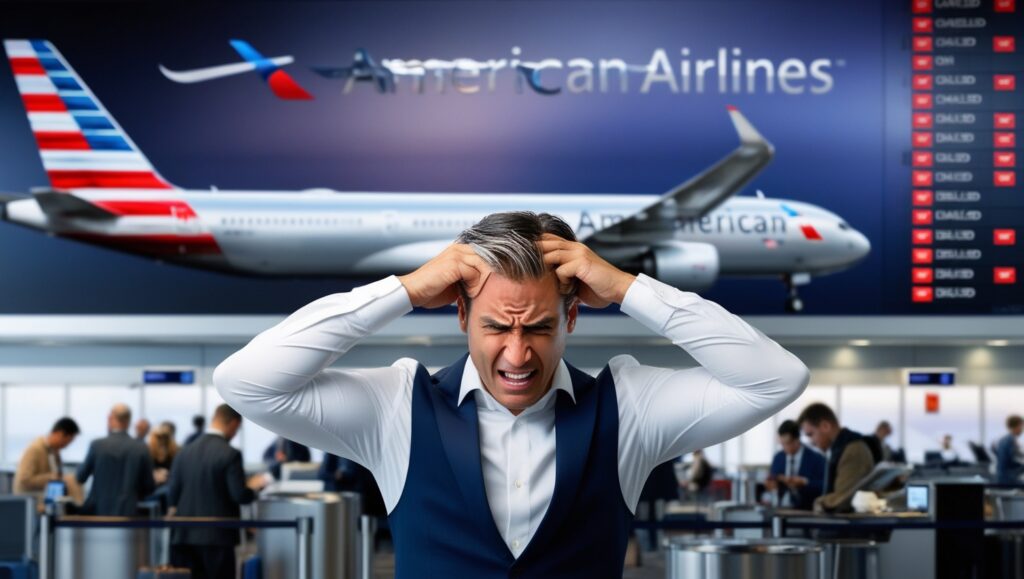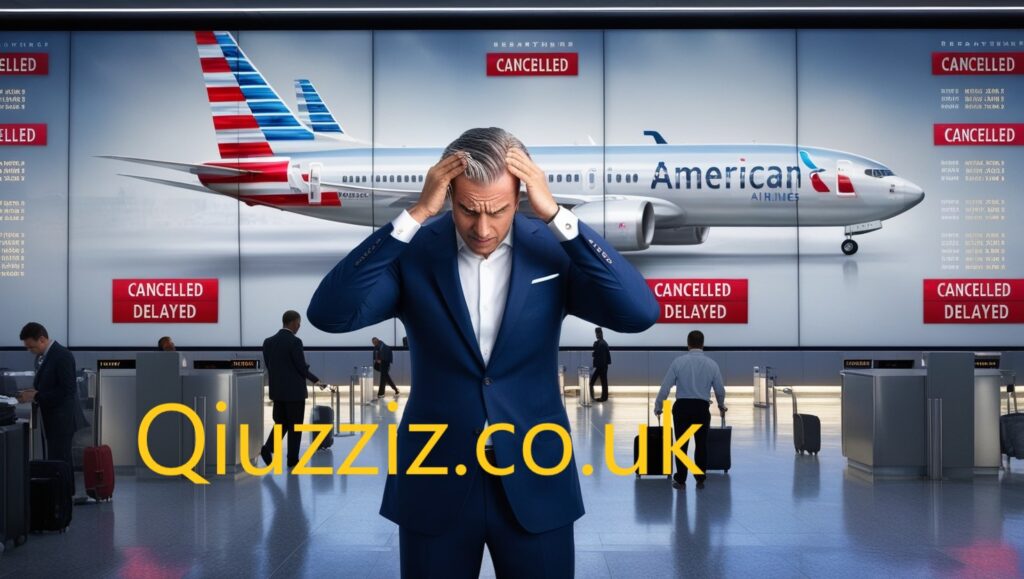American airlines faces headaches beyond a tech outage, one of the largest carriers in the world, has recently found itself in the eye of the storm, grappling with many challenges that extend well beyond a recent tech outage. While such technological disruptions can be disruptive and frustrating for passengers, they are only a part of a larger narrative involving operational inefficiencies, economic pressures, labor disputes, and shifts in customer behavior.
The Tech Outage: A Catalyst for Broader Issues
Overview of the Incident
In recent months, American airlines faces headaches beyond a tech outage experienced a significant technology outage that disrupted flight schedules and affected thousands of passengers.
Immediate Consequences
The immediate fallout from the tech outage was palpable. Delays piled up, and customer service teams were overwhelmed as passengers sought assistance. The incident prompted a flurry of complaints on social media, adding to the airline’s public relations woes. However, this event was just a symptom of deeper systemic issues that the airline already contended with.
Operational Challenges: A Perfect Storm
Aging Infrastructure
One of American airlines faces headaches beyond a tech outage. Many of the airline’s systems and equipment are in desperate need of modernization. While the tech outage revealed the fragility of its current systems, outdated technology is just one aspect of a broader operational dilemma.

Fleet Management Issues
American airlines faces headaches beyond a tech outage also struggles with fleet management. The airline faces difficulty maintaining consistent service quality with a mix of older and newer aircraft. Older planes often require more maintenance, leading to increased delays and cancellations. The operational complexities involved in managing a diverse fleet can exacerbate the impact of unforeseen disruptions, such as the tech outage.
Scheduling Conflicts
Another significant headache is the airline’s scheduling conflicts. Coordinating flights, crew availability, and maintenance schedules is complex and creates a labyrinth of logistical challenges. These conflicts can cascade delays and cancellations, frustrating passengers and straining resources.
Economic Pressures: Rising Costs and Inflation
Fuel Prices
Like all airlines, American airlines faces headaches beyond a tech outage. Recent spikes in oil prices have increased operational costs, forcing the airline to make tough decisions about ticket pricing and routes. These rising costs can significantly burden the airline’s profitability, complicating its ability to invest in infrastructure improvements.
Labor Costs
Labor costs are another pressing issue. As the airline industry recovers from the pandemic, American airlines faces headaches beyond a tech outage faces pressure to raise wages and improve working conditions to attract and retain talent. This is particularly relevant as the airline industry competes with other sectors for skilled labor. Higher labor costs can impact overall profitability, forcing the airline to balance fair wages and operational efficiency.
Labor Relations: Strikes and Negotiations
Unions and Negotiations
The airline has also been navigating turbulent waters regarding labour relations. Unions representing pilots, flight attendants, and other staff have vocalised their demands for better pay and working conditions. Ongoing negotiations have created an environment of uncertainty, with the potential for strikes looming. Such actions could severely disrupt operations, exacerbating the challenges the airline faces.

Employee Morale
The stress of ongoing negotiations and the pressures of high workloads have also affected employee morale. A demoralized workforce can decrease productivity and service quality, further complicating the airline’s operational challenges. When employees are unsatisfied, the impact is often felt directly by passengers, who may experience longer wait times, reduced service levels, and an overall decline in the travel experience.
Customer Expectations: Changing Behavior in a Post-Pandemic World
Shift in Travel Patterns
The pandemic has significantly altered customer expectations and travel patterns. Many passengers now prioritize flexibility, safety, and value for money more than ever. This shift has compelled American airlines faces headaches beyond a tech outage, but doing so amidst ongoing operational challenges has proven difficult.
Demand for Enhanced Customer Service
Customers are increasingly vocal about their expectations for quality service in an age of heightened competition. The tech outage underscored the importance of robust customer service systems. Passengers expect quick responses and solutions, which can lead to a tarnished brand image when those expectations are not met.American airlines faces headaches beyond a tech outage’ challenge is to improve its customer service while simultaneously addressing the root causes of operational inefficiencies.
Competitive Landscape: Navigating Rivalry
Competition from Low-Cost Carriers
American airlines faces headaches beyond a tech outage is also facing intense competition from low-cost carriers. These airlines have capitalized on the desire for affordable travel options, often offering lower fares without the frills associated with legacy carriers. As a result, American Airlines must find ways to differentiate itself while remaining competitive on pricing. This balancing act is made even more challenging by the operational headaches the airline is currently dealing with.
Alliances and Partnerships
American airlines faces headaches beyond a tech outage has been exploring partnerships and alliances to enhance its market position in response to competitive pressures. While strategic partnerships can offer advantages regarding expanded routes and shared resources, they also bring complexities that require careful management. Navigating these partnerships while addressing internal challenges can further stretch the airline’s resources.
Future Strategies: A Roadmap to Recovery
Investing in Technology
To address its myriad challenges,American airlines faces headaches beyond a tech outage must prioritize investment in technology. Upgrading systems and infrastructure is essential for preventing future outages and enhancing overall operational efficiency. Investing in modern technologies can streamline processes, improve customer service, and ultimately enhance the passenger experience.
Workforce Development
Enhancing workforce development programs is another critical area of focus. American airlines faces headaches beyond a tech outage should consider initiatives aimed at boosting employee morale and retention. By investing in training and development, the airline can create a more engaged workforce capable of navigating the complexities of modern air travel.

Customer-Centric Approach
Finally, adopting a more customer-centric approach can help American Airlines regain passenger trust. The airline can better align with evolving customer expectations by prioritizing customer service, enhancing communication during disruptions, and offering more flexible travel options. A commitment to transparency and responsiveness will be vital in building long-term loyalty among travelers.
Conclusion
American airlines faces headaches beyond a tech outage faces challenges that extend far beyond a single tech outage. The airline must navigate a complex landscape to emerge stronger, from operational inefficiencies and economic pressures to labor disputes and changing customer expectations. By prioritizing investment in technology,


